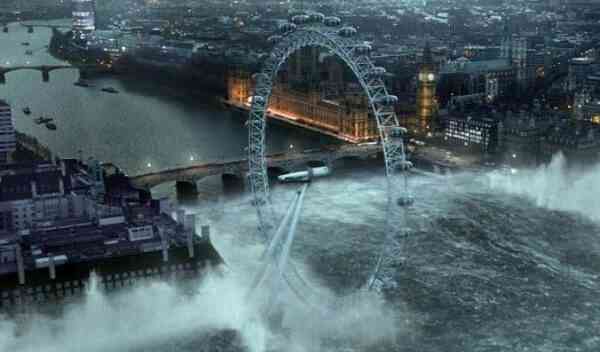Tsunami — one of the most frightening and destructive natural phenomena. Huge waves crush everything in their path, sometimes passing inland for many kilometers. Escaping a tsunami is not easy, and in areas prone to this disaster, many rules have been developed to help save life for yourself and others in the event of a monstrous wave.
Facts about Tsunami
- Most often, a tsunami occurs as a result of underwater earthquakes (interesting facts about earthquakes).
- The most striking sign of an approaching tsunami — sudden outflow of water. Sometimes the seabed is exposed for hundreds of meters.
- A tsunami usually consists not of a single wave, but of several, one after another at a decent distance.
- In shallow water, the height of a tsunami wave increases sharply, and the speed, on the contrary, decreases.
- About 80% of all tsunamis occur in the Pacific Ocean (interesting facts about the oceans).
- The speed of a tsunami wave in the open ocean or sea can reach 800 kilometers per hour.
- The length of a tsunami wave can reach several hundred kilometers.
- The difference between a tsunami and storm waves generated by the wind is very serious — the storm disturbs only the upper layers of the water, and with a tsunami, the entire water column from the bottom to the surface comes into motion.
- The first of the tsunami waves in a series of these waves — not always the highest and most destructive.
- The word «tsunami» translated from Japanese means «wave in the harbor».
- In addition to earthquakes, a meteorite fall, a massive landslide, an avalanche or a volcanic eruption can cause a tsunami (interesting facts about volcanoes).
- The distance between tsunami waves can reach two hundred kilometers.
- In the open ocean, the height of a tsunami usually does not exceed one meter.
- About the connection of tremors and giant waves crashing on land were known to the ancient Greeks almost 2.5 thousand years ago.
- In 2004, a monstrous tsunami that hit the coast of the Indian Ocean caused the death of more than 200 thousand people.
- Palm trees on the shore often withstand a tsunami. Amazingly strong and resilient trees (interesting facts about trees)!
- Salt water brought by a tsunami can poison fresh rivers, streams and other sources.
- At the time of landfall, the speed of a tsunami wave usually does not exceed 80-90 kilometers per hour.
